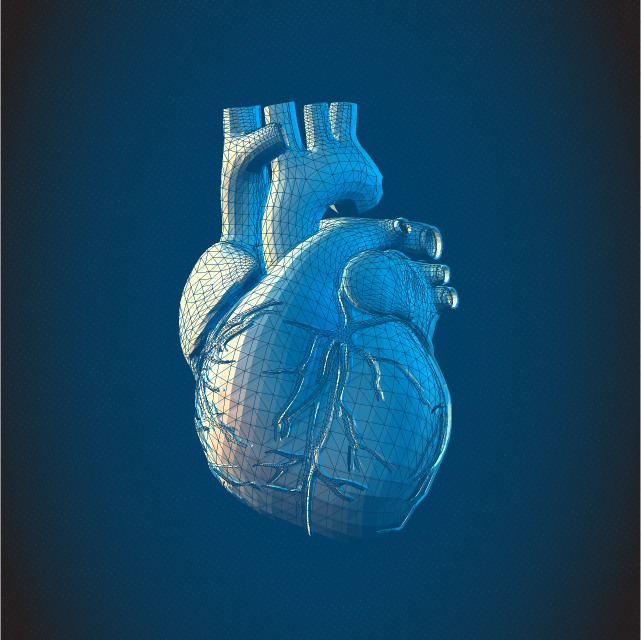Scientists at Johns Hopkins have created personalized digital replicas of the upper chambers of the heart and used them to guide treatment for persistent irregular heartbeats. Simulations on the digital replicas accurately identified where clinicians need to destroy tissue to restore the heart’s normal rhythm.
“The beauty of working with such replicas is that we could test for and predict where irregular heartbeats persist in ways we never could in the clinic. We ran a mock of the clinical procedure over and over again, until we were sure irregular beats will not reemerge,” says Natalia Trayanova, the Murray B. Sachs Professor in the Department of Biomedical Engineering at the Johns Hopkins University schools of engineering and medicine.
Atrial fibrillation, or abnormal electrical signals stemming from the heart’s two upper chambers, is the most common cause of irregular heartbeats and affects 1%–2% of people worldwide. If left untreated, atrial fibrillation can cause fatal strokes.
The typical treatment, called catheter ablation, is to thread a catheter emitting radio frequency into the heart to destroy tissue that sends off erratic electrical signals. However, a subset of patients often have to undergo multiple procedures because abnormal signals keep emerging from new areas of their atria. With each procedure, new scar tissue forms, which changes the atria’s electrical activity and makes targeting of the misfiring even harder.
The personalized simulation-driven guidance of the ablation procedure used contrast-enhanced MRI scans to create personalized digital replicas of the diseased atria. For each personalized model, the team ran initial simulations to predict erratic electrical signals and where tissue should be destroyed. Because each ablation reconfigures the atrial electrical activity and can create new arrhythmias, the researchers performed virtual ablations until no new arrhythmias emerged.
The researchers then took the final “map” of tissue target areas and imported it in the clinical system for catheter navigation. Physicians steered the catheter toward not only the tissue that currently causes errant electrical firing, but also toward the tissue that will cause misfiring in the future.
While this was a proof-of-concept study meant to demonstrate feasibility and not a clinical trial meant to measure patient outcomes, atrial fibrillation did not recur in any of the patients over the more than 300-day observation period. Out of the 10 patients, only one returned for another ablation, and it was for a simpler atrial arrhythmia.
Read the Johns Hopkins University news release: Don’t Miss a Beat: Computer Simulations May Treat Most Common Heart Rhythm Disorder

